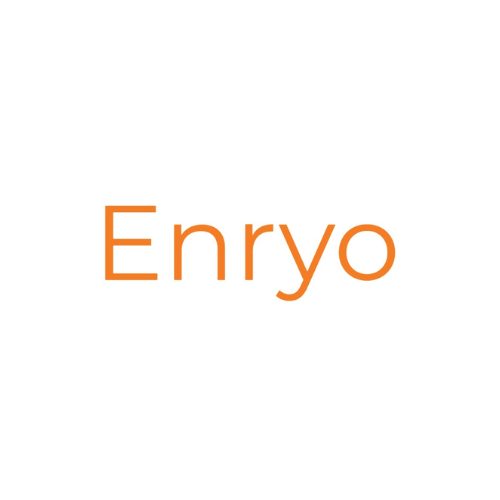Source: Cointelegraph
As one of the world’s pioneers in adopting its own central bank digital currency (CBDC), Nigeria also declares its readiness to accept the existence of private stablecoins. The necessity to create a legal framework for stablecoins is noted in the latest central bank strategy paper.
Published under the headline “Nigeria Payments System Vision 2025”, the 83-page report from the Central Bank of Nigeria (CBN) considers the development of a regulatory framework for the potential usage of stablecoins. The document outlines the need to develop a framework, given that stablecoins are likely to become a successful payment mechanism in the country.
The report also pays attention to the regulation of initial coin offerings (ICOs). It highlights the current absence of regulation in the area, causing investor losses. However, the CBN sees potential for adopting ICOs as a new approach to fundraising for capital projects, peer-to-peer lending and crowdfunding. Hence, a regulatory framework is also needed “in the event of adoption of an ICO-based investment solution.”
However, the stablecoins and ICOs segment of the report is far smaller than the one dedicated to the eNaira, Nigeria’s CBDC. The Central Bank considers it a potential “enabler for transformation” in the national economy. It hopes to achieve a final implementation of the currency in 3 to 5 years.
In December 2022, Nigeria reduced the amount of cash individuals and businesses can withdraw to $225 and $1,125 per week, respectively, in an attempt to push its “cash-less Nigeria” policy and increase the use of the eNaira.
As reported by Cointelegraph, adoption rates of the eNaira have been low since its launch in late 2021, with less than 0.5% of the population using it as of Oct. 25, 2022. The government has struggled to convince Nigerian citizens to use the CBDC despite the country being identified by Chainalysis as the top country in Africa for crypto adoption and ranking 11th globally.





























































